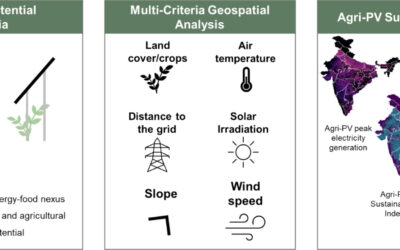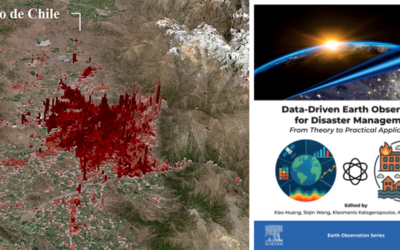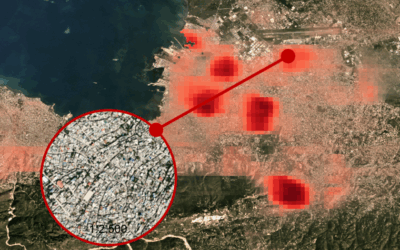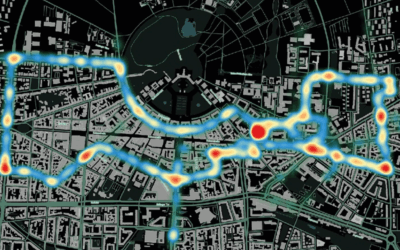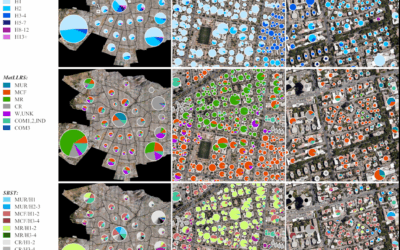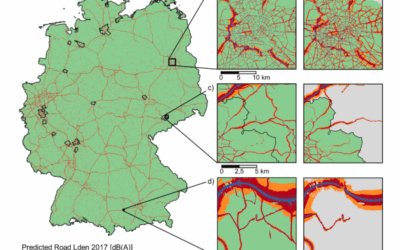Researchers from the German Remote Sensing Data Center (DFD) of the German Aerospace Center (DLR), the Department of Geography of the Rheinische Friedrich-Wilhelms-University in Bonn and our Earth Observation Research Cluster (EORC) of our Julius-Maximilians-University in Würzburg teamed up for a study on rapid domain adaptation for disaster impact assessment. The paper titled “Rapid domain adaptation for disaster impact assessment: remote sensing of building damage after the 2021 Germany floods “was just published in the Journal Science of Remote Sensing by Victor Hertel, Christian Geiß, Marc Wieland and Hannes Taubenböck.
Here is the abstract of the paper: The extent of building damage is a crucial indicator for guiding post-disaster relief strategies and rescue operations. However, diverse built environments and variations in imaging setups pose significant challenges for rapid, automated damage assessment from remote sensing data, leading to strong domain shifts and significantly reduced performance of pre-trained models. To align advanced domain adaptation techniques with the practical constraints of rapid mapping, we evaluate and propose techniques that effectively balance accuracy, resource efficiency, and operational applicability. By employing a Siamese multitask fusion network for semantic segmentation and change detection, we introduce a novel experimental approach that quantifies the influence of a priori information on domain adaptation performance. All strategies are benchmarked on a fully labeled dataset from the 2021 Germany floods. Our evaluation includes class-specific accuracy improvements, model tendencies toward over- or underestimation of damage, and resource requirements in terms of processing time, human capacity, and computational demands. Scenario-based recommendations are provided to assist in selecting the most suitable method for given conditions. All adopted techniques significantly improved model performance in a short time, achieving up to 86% of the potential performance gain compared to supervised learning. Supervised domain adaptation with minimal annotations per class emerged as the most effective method for immediate action. Semi-supervised domain adaptation, coupled with an automatic labeling strategy based on hazard intensity, provided the highest performance improvements while maintaining low demands on time and human resources. Purely semi-supervised domain adaptation turned out time-consuming and computationally expensive, therefore advisable only under specific conditions with sufficient time or in the absence of human capacity.
Here is the link to the full paper: https://www.sciencedirect.com/science/article/pii/S2666017225000938?via%3Dihub
This work is closely related to other studies in this domain – see e.g. here: https://remote-sensing.org/new-publication-introducing-a-hybrid-bayesian-deep-learning-framework-with-integrated-uncertainty-quantification-to-enhance-building-damage-assessment/



